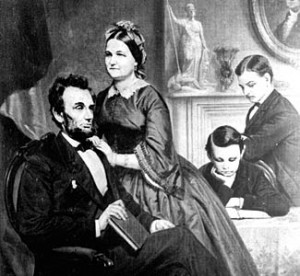 Abraham Lincoln married Mary Todd on November 4, 1842. It came as a surprise to many, possibly even Lincoln himself.
Abraham Lincoln married Mary Todd on November 4, 1842. It came as a surprise to many, possibly even Lincoln himself.
The fourth of seven children, Mary Todd was born in Lexington, Kentucky, to a wealthy slave-holding family. Her mother died when she was only 6 years old. Within two years her father, Robert Smith Todd, remarried and had another nine children with his new wife. Mary Todd and her siblings all had difficult relationships with their stepmother, who essentially ignored them while favoring her own growing brood. Despite these difficulties, Mary grew up in comfort and privilege. The celebrated statesman Henry Clay owned a plantation called Ashland down the road from the Todd household. When she was 13, Mary rode her new pony to Ashland, and Clay, the perennial presidential candidate, noted to his guests, “If I am ever President I shall expect Mary Todd to be one of my first guests.” The precocious Mary said she would enjoy living in the White House.
Robert Todd was rather progressive for a nineteenth-century southern slave owner, and he encouraged his daughters as well as sons to get an education. In part because her stepmother wanted her out of the way, 14-year-old Mary was sent to live at Madame Mantelle’s finishing school for young ladies. There she received a classical education that concentrated on French and literature. She became fluent in French and also studied dance, drama, music, and, of course, the social graces needed to attract a suitable husband. Unlike most women of the time, she also took a keen interest in politics, becoming both knowledgeable and ambitious—and Whiggish. But like all women, politically she had to live vicariously through her husband.
In the fall of 1839 Mary moved from Kentucky to Springfield to live with her older sister Elizabeth, who had married Ninian W. Edwards, son of the former Governor of Illinois. The Edwards home was the center of Springfield’s social scene, and given that the city had far more single men than eligible women, their home was the place to shop for a well-heeled husband. Mary was in her element. Her advanced education gave her the advantage of choosing which of her many suitors she might spend time with, among them Stephen A. Douglas and Abraham Lincoln.
Joshua Speed invited Lincoln to one of the Edwards soirées. Although Lincoln’s six-foot-four-inch lankiness towered over Mary’s five-foot-two-inch roundness, the two began courting over the winter of 1839–40. The courtship was somewhat one-sided. Lincoln remained a rough, uncouth, awkward man who alternated between sitting quietly and blurting out inappropriate faux pas. He was charmed by Mary’s knowledge and wit, often staring at her in apparent awe as she led the conversation. Still, she saw something in him and their unlikely courtship blossomed, with Mary doing most of the courting.
Initially supportive, Mary’s family (in particular, her sister Elizabeth) came to oppose the mismatch, feeling Mary could do much better. Lincoln was deeply hurt by this opposition, but the two continued to see each other and eventually became engaged.
A Hiatus
And then they stopped. Somewhere between late 1840 and early 1841 they abruptly called off the engagement. Many believed that Lincoln backed out, fearing he could not suitably meet any wife’s needs as a husband because of his distracted nature. Earlier he had told the wife of his circuit-lawyer colleague Orville Browning that he had “come to the conclusion never again to think of marrying” because he can never be satisfied with any one who would be block-head enough to have me.” Lincoln also may have been distraught that his intimate friend Joshua Speed was leaving Springfield to move back to Kentucky. Whatever the reason, Lincoln and Mary were no longer courting throughout 1841 and into 1842.
One More Try
Sometime in 1842 Mary and Lincoln began secretly courting again. Despite Elizabeth’s opposition, the two often met at the Edwards house and sat on the low couch for hours, talking about life and love. Likely they also discussed politics, as by this time Lincoln was actively involved in Whig party activities and Mary was as ambitious as he, perhaps even more so. Their romance bloomed again, enough that Mary flirtatiously and anonymously wrote a letter backing up Lincoln’s own anonymous letter to the local paper mocking James Shields, a political rival. Shields, feeling his honor had been attacked, challenged Lincoln to a duel. Lincoln tried to back out of it, but when Shields insisted, the tall and muscular Lincoln offered up heavy broadswords as weapon of choice. Faced with a severe disadvantage, the short-armed Shields allowed himself to be talked out of the fight.
To the astonishment of the Springfield social set, Lincoln and Mary suddenly decided they would get married—that night. Elizabeth Edwards claimed the wedding occurred with only two hours’ notice, and indeed the marriage license was issued that very day. Lincoln had a “deer in the highlights” look as he approached the hurried ceremony in the Edwards parlor. According to friends, when Lincoln was dressing for ceremony he was asked where he was going, to which he replied, “I guess I’m going to hell.” At least one Lincoln scholar believes Mary may have seduced Lincoln the night before into doing something that obligated him to marriage. Whatever the reason, they were married on November 4, 1842. A week later he seemed resigned to the fact, closing a business letter with, “Nothing new here except my marrying, which to me, is matter of profound wonder.”
[Adapted from Lincoln: The Man Who Saved America]
David J. Kent is an avid science traveler and the author of Lincoln: The Man Who Saved America, in Barnes and Noble stores now. His previous books include Tesla: The Wizard of Electricity and Edison: The Inventor of the Modern World and two specialty e-books: Nikola Tesla: Renewable Energy Ahead of Its Time and Abraham Lincoln and Nikola Tesla: Connected by Fate.
Check out my Goodreads author page. While you’re at it, “Like” my Facebook author page for more updates!
Like this:
Like Loading...



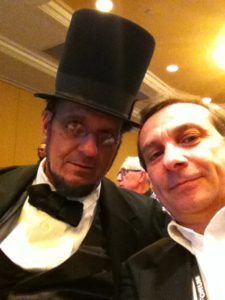 A funny thing happened on the way to the Lincoln Forum. After a career as a scientist, I became a Lincoln historian. And in a few days I’ll have the chance to join 300 of my colleagues at the annual Abraham Lincoln Forum.
A funny thing happened on the way to the Lincoln Forum. After a career as a scientist, I became a Lincoln historian. And in a few days I’ll have the chance to join 300 of my colleagues at the annual Abraham Lincoln Forum.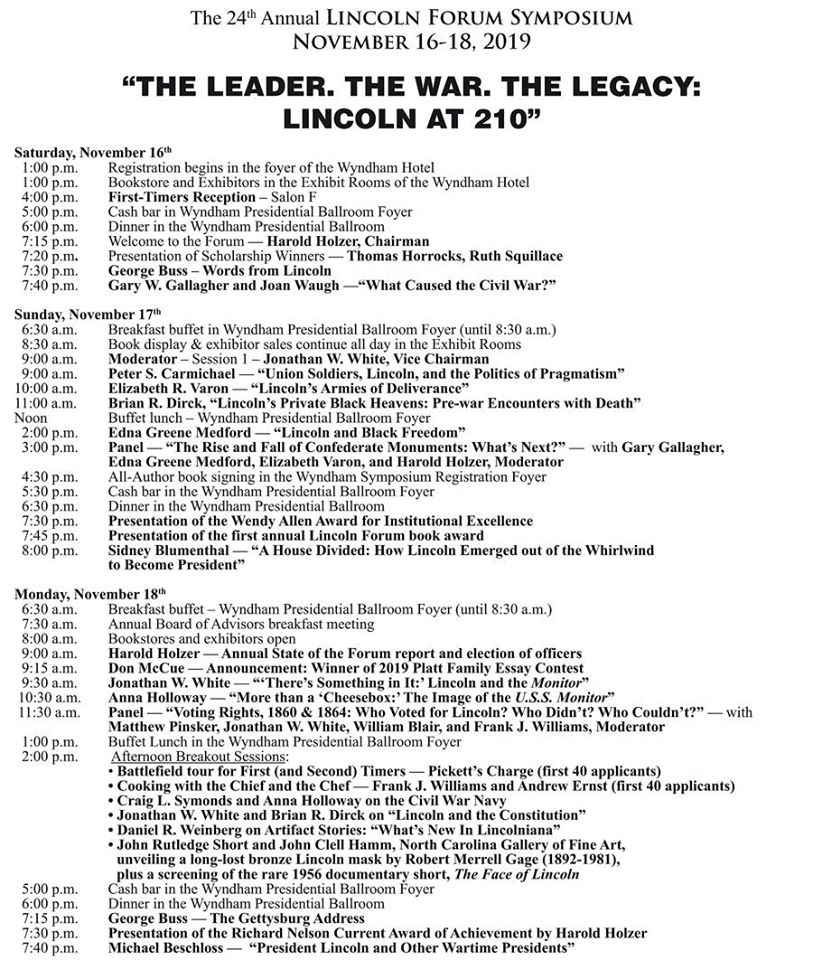
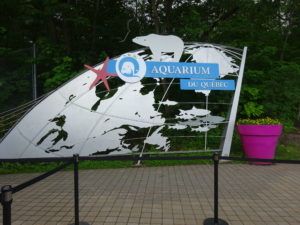 I have been to
I have been to 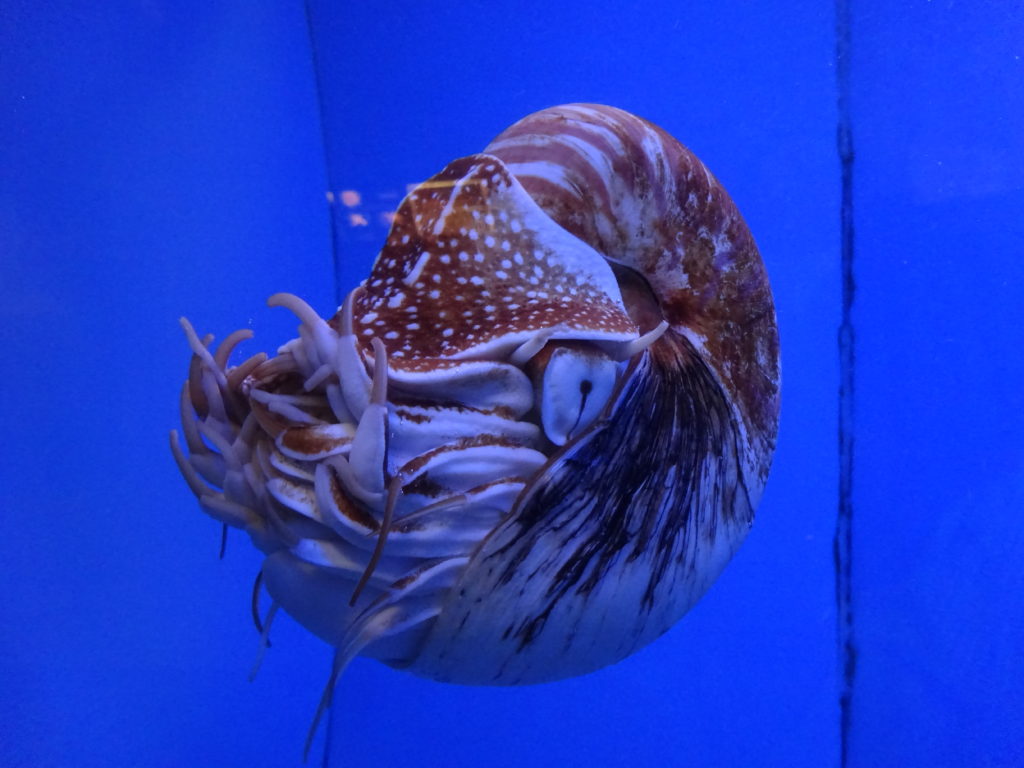
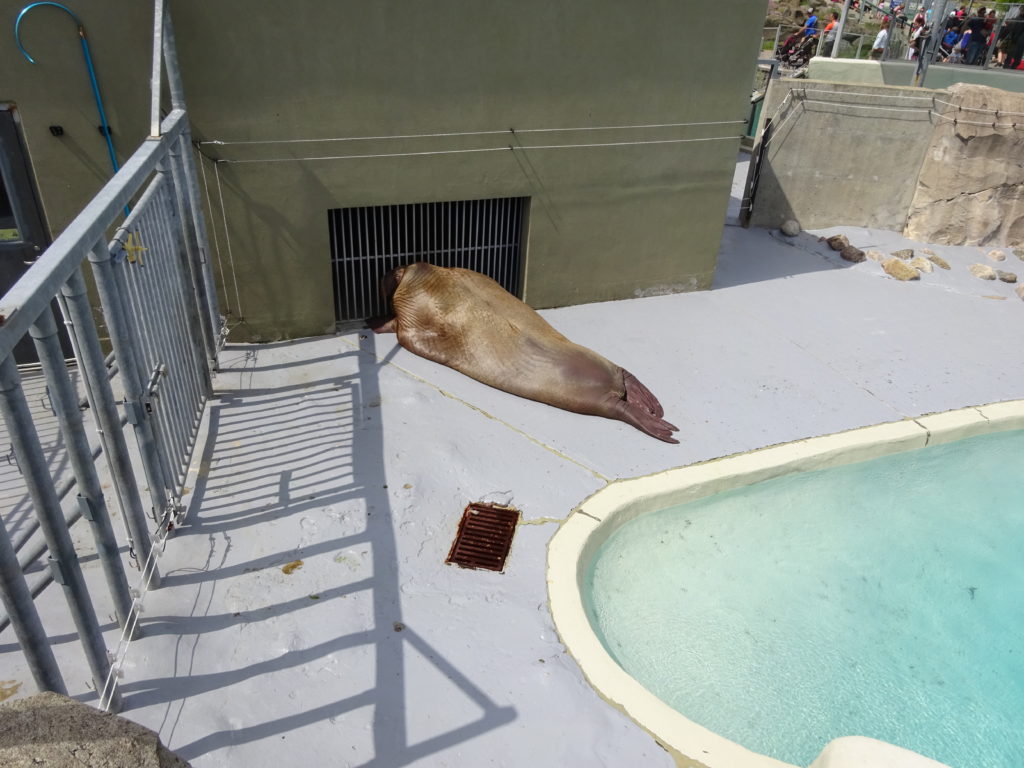
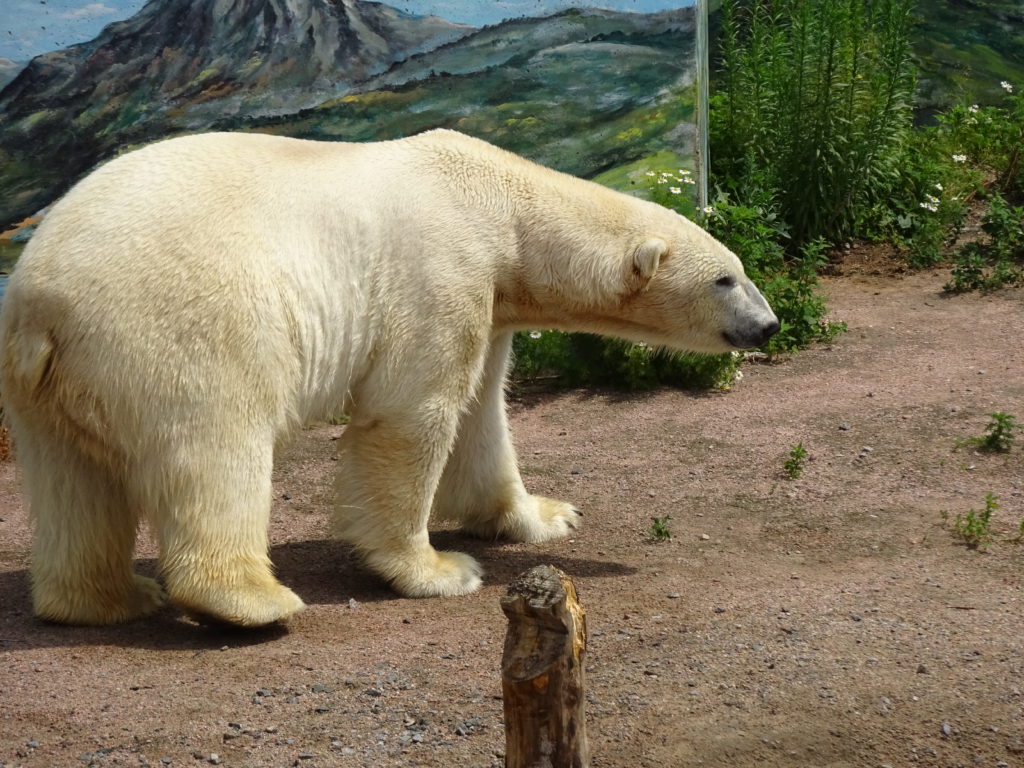
 Abraham Lincoln married Mary Todd on November 4, 1842. It came as a surprise to many, possibly even Lincoln himself.
Abraham Lincoln married Mary Todd on November 4, 1842. It came as a surprise to many, possibly even Lincoln himself.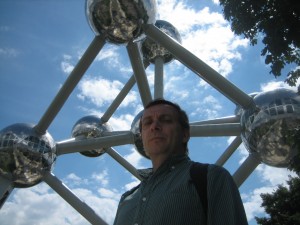 An old post popped into my feed recently and it reminded me of when I lived in Brussels. At the time I began a travelogue of sorts on a now defunct social media writing site. I’ve posted a few updated snippets here on Science Traveler. As I wrote in my introductory post:
An old post popped into my feed recently and it reminded me of when I lived in Brussels. At the time I began a travelogue of sorts on a now defunct social media writing site. I’ve posted a few updated snippets here on Science Traveler. As I wrote in my introductory post: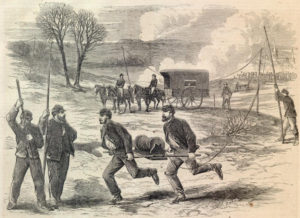 In October 1861, California Chief Justice Stephen Johnson Field reportedly sent a message to Abraham Lincoln via the newly completed transcontinental telegraph. The event was a milestone that predated the later transcontinental railroad.
In October 1861, California Chief Justice Stephen Johnson Field reportedly sent a message to Abraham Lincoln via the newly completed transcontinental telegraph. The event was a milestone that predated the later transcontinental railroad.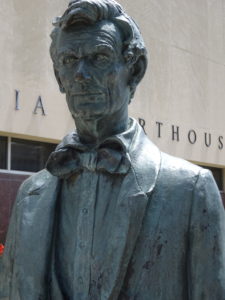 On October 18, 1854 Lincoln rose to the forefront of the Republicans with a speech he gave first in Springfield, and then a dozen days later in
On October 18, 1854 Lincoln rose to the forefront of the Republicans with a speech he gave first in Springfield, and then a dozen days later in 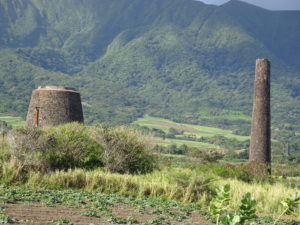 St. Kitts is the larger of two islands that make up the nation of St. Kitts and Nevis. Nevis is most famous for being the birthplace of Alexander Hamilton, the musical about whom I recently saw in Chicago. While St. Kitts is now a tourist mecca, the island is best known for its dominant position in the colonial sugar trade. Lesser known is that St. Kitts also was a major hub in the slave trade.
St. Kitts is the larger of two islands that make up the nation of St. Kitts and Nevis. Nevis is most famous for being the birthplace of Alexander Hamilton, the musical about whom I recently saw in Chicago. While St. Kitts is now a tourist mecca, the island is best known for its dominant position in the colonial sugar trade. Lesser known is that St. Kitts also was a major hub in the slave trade.









